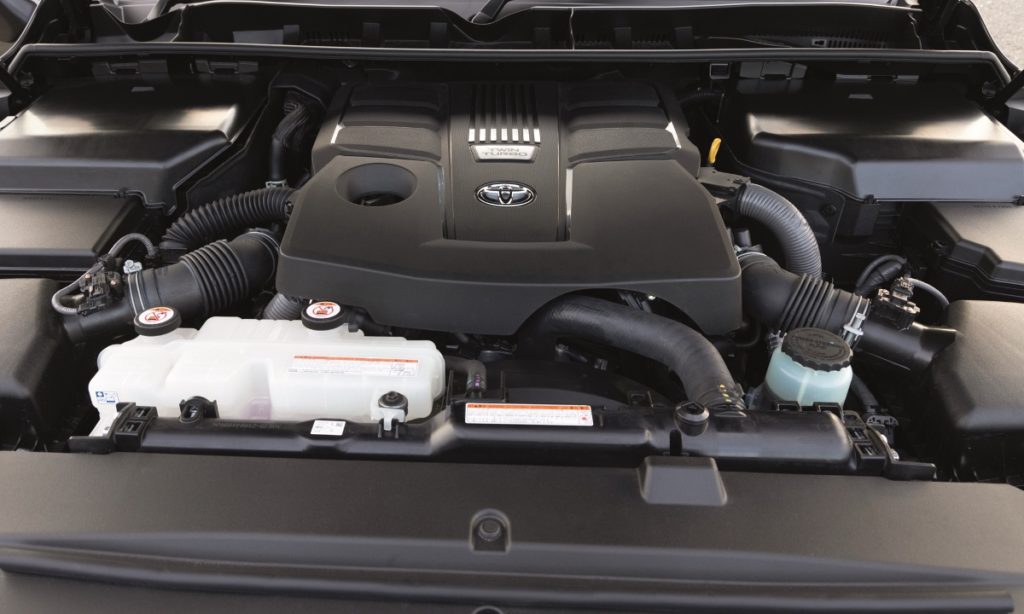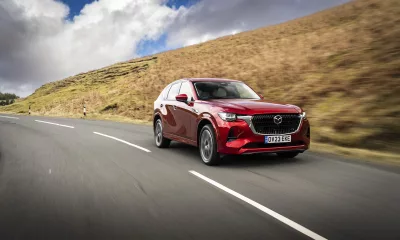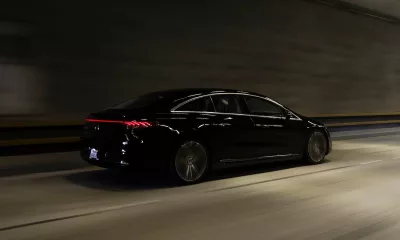Based on reputation alone, there aren’t too many four-wheel-drive vehicles I’d entrust with my life. When it comes down to it, is there anything that matters more than a vehicle’s track record? What’s come before speaks volumes about quality, durability and reliability. It gives us a pretty accurate sense of what to expect from a new model because it tells us if a manufacturer knows what they’re doing.
In the world of off-road vehicles, specifically in the Southern Africa context, few contenders withstand reputational scrutiny quite like the Toyota Land Cruiser. It’s a name that’s revered … one uttered in glowing terms around campfires, game lodges and farmers’ meetings for generations; a reputation that’s been hard-earned over millions of kilometres of arduous terrain.
It’s been 14 years since the first Land Cruiser 200 series was launched here. That widely loved model followed the highly successful earlier versions: the 60 series of the ’80s, the 80 series from ’91 to ’97, and the 100 series from ’98 to 2007. After the launch of the first 200, a few fresh iterations rolled onto dealership floors and then out into the backcountry in the ensuing years but, beneath the tweaks and refinements, the supremely capable and comfortable substructure remained, gaining countless devotees along the way.

Well, the hotly anticipated
Land Cruiser 300 is finally here and while it remains strongly connected to its proud bloodline, it’s all new in significant ways, not least its TNGA-F platform. TNGA (Toyota New Global Architecture) is a company-wide strategy that commenced in 2015 where modular vehicle platforms were introduced to underpin several different marques, models and variations thereof. The objective was to simplify vehicle production across the board. Where before, Toyota was building 100 or so platform variants, five TNGA platforms now form the foundation of the majority of vehicles Toyota manufactures.
The new Land Cruiser is one of those vehicles, with the F at the end of the acronym indicating this is the first ladder-frame execution of TNGA. In short, it’s a programme that involves smart-sharing of components and concepts, and promotes more efficient ways of manufacturing. Ultimately, the point is to provide better vehicles to customers via a meticulously planned, more cost-effective and streamlined system.
The new Land Cruiser line-up consists of three grades: GX-R, ZX and GR-S. The GX-R is essentially the utility model, albeit a supremely comfy one that’s still priced north of a million. GR-S (the S stands for Sport) is punted as the off-road performance model, boasting unique exterior styling, trim and tough-looking 18-inch alloy wheels, and a spec list with off-road capabilities as its primary focus. Finally, the ZX is the luxury model in the trio; while still being extremely capable off-road, it exudes opulence with its 20-inch alloy wheels, swish chrome detailing and more elegant interior trim and finishes.

New too are the powertrain options. Buyers can choose between a 3,5-litre V6 turbo-petrol engine (305 kW at 5 200 r/min; 650 N.m at 2 000 r/min) and a 3,3-litre V6 turbodiesel (225 kW at 4 000 r/min; 700 N.m at 1 600-2 600 r/min), both of which dish out improved power, torque and efficiency stats when compared to the outgoing V8 variants. A smooth-as-silk 10-speed auto transmission is mated to both engines, along with low-range, naturally. As expected, diff-lock capabilities form a part of the package to help tame the most heinous off-road obstacles.
When you’re digging this deep into your wallet – the most affordable model, the GX-R 3,3D, starts at R1 283 200 – you should be demanding a plethora of features and enhancements, and that’s just what Toyota has provided. Thrown into the mix are all the usual suspects you’d want in an upmarket contender … keyless entry, park distance control, climate control with rear zone, built-in navigation, multiple charging ports and sockets, Apple CarPlay and Android Auto, as well as Crawl Mode and Drive Mode Select for a more customised on- and off-road driving experience. Several additional features set the ZX and GR-S models apart, including a power-operated rear door with hands-free function, heated steering wheel for those icy Highveld mornings, 14-speaker JBL audio system with DVD playback and 12,3-inch screen, wireless charger and Multi-Terrain Monitor with panoramic view, which uses four cameras positioned at the front, rear and sides to project a comprehensive picture of the terrain conditions to the central touchscreen.

But what about the new Land Cruiser’s off-road credentials? That’s what everyone really wants to know. The launch event saw us tackle a variety of terrain types and road surfaces, and not once did I notice the vehicle falter. Sure, we didn’t drive from Cape to Cairo, drag a massive fishing boat up a muddy slipway, or tow a tractor back to the homestead, but I’m confident this beast would handle all of those with little fuss. At the push of a button, Multi-Terrain Select enables drivers to choose between six off-road modes: Auto, Dirt, Sand, Mud, Deep Snow or Rock. Each setting subtly adjusts the drive torque, suspension and brake hydraulics, optimising performance for the terrain and obstacles ahead. The GR-S model features an evolved version of the acclaimed KDSS, or Kinetic Dynamic Suspension System, which optimises wheel articulation and body-roll control by means of linking wheels on the same axle via hydraulically supported stabiliser bars. The new version, dubbed E-KDSS, is controlled electronically through the vehicle dynamics module. Yep, to cut through the jargon, underneath the stylish shell is a body-on-frame behemoth that’s eager to work, to explore.
As with any new model, time will be the true test of character, but if the Land Cruiser 300’s heritage is anything to go by, in a decade, we’ll still be singing its praises. If my life depended on it, would I pick the new Cruiser? Indeed, it would be at the very top of my list.

Price: R1 811 900 Engine: 3,3-litre V6 turbodiesel Transmission: 10-speed automatic Power: 225 kW @ 4 000 r/min Torque: 700 N.m @ 1 600-2 600 r/min
0-100 km/h: n/a Top speed: 210 km/h Fuel consumption: 8,90 L/100 km* CO2: 238 g/km Rivals: Land Rover Defender 110; Mercedes-Benz G-Class, Nissan Patrol
By Mark Samuel














